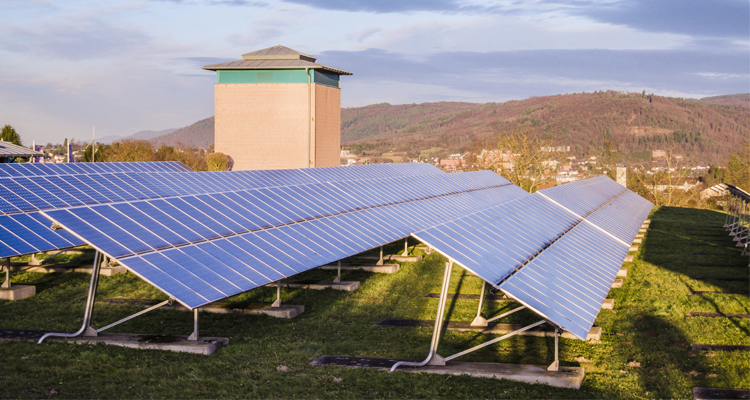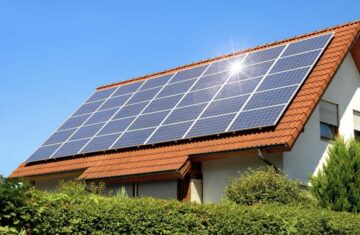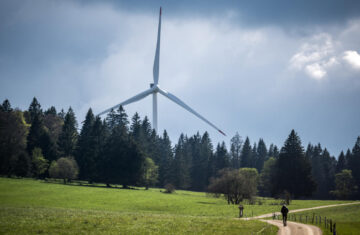A Comprehensive Overview
Solar energy has become a crucial component of Italy’s renewable energy strategy, playing a significant role in the country’s efforts to reduce greenhouse gas emissions and transition to a sustainable energy future. With its abundant sunlight, innovative technologies, and supportive policies, Italy stands as one of the leaders in solar energy production in Europe. This article explores the history, current state, economic impact, environmental considerations, and future prospects of solar energy in Italy.
Historical Context of Solar Energy in Italy
Early Initiatives

Italy’s journey into solar energy began in the late 20th century as the country sought to diversify its energy sources. The first photovoltaic (PV) systems were installed in the 1980s, primarily for small-scale applications. However, it wasn’t until the early 2000s that solar energy began to gain significant traction, driven by technological advancements and government incentives.
Government Policies and Incentives
The introduction of the Conto Energia incentive program in 2005 marked a turning point for solar energy in Italy. This program provided financial support for the installation of PV systems, encouraging both residential and commercial investment. As a result, Italy quickly became one of the top countries in the world for solar energy capacity.
Current State of Solar Energy in Italy
Solar Capacity and Production
As of 2022, Italy boasts a total installed solar capacity of approximately 25 GW, making it one of the leading countries in solar energy production. According to the Gestore dei Servizi Energetici (GSE), solar energy accounted for around 9.5% of Italy’s total electricity generation, significantly contributing to the nation’s renewable energy mix.
Breakdown of Solar Energy Resources
- Photovoltaic (PV) Systems: The majority of solar energy production in Italy comes from PV systems, both rooftop and utility-scale installations.
- Concentrated Solar Power (CSP): While less common, CSP technologies are also being explored in regions with high solar irradiation.
Key Regions for Solar Energy

The potential for solar energy varies across Italy, with certain regions being more favorable for solar installations:
- Southern Italy: Regions such as Sicily and Apulia benefit from high solar irradiation levels, making them prime locations for solar farms.
- Central Italy: Tuscany and Lazio have also seen significant growth in solar installations, particularly in residential sectors.
- Northern Italy: Although less sunny, regions like Lombardy and Emilia-Romagna are increasing their solar capacity through innovative solutions.
Economic Impact of Solar Energy
Job Creation and Local Economies
The solar energy sector has become a vital contributor to Italy’s economy. According to a report by the Italian Photovoltaic Association (ANIE), the solar industry supports over 100,000 jobs across various sectors, including manufacturing, installation, and maintenance. This job creation has been particularly impactful in rural and underdeveloped areas.
Investment Trends
Investment in solar energy has surged in recent years, driven by declining technology costs and favorable government policies. The Italian government has committed to further investments in renewable energy, with a focus on solar technologies. According to IRENA, the total investment in solar energy in Italy reached approximately €10 billion in 2021.
Environmental Considerations
Renewable Energy Transition

Solar energy is a key element of Italy’s strategy to transition to renewable energy and reduce greenhouse gas emissions. The country aims to achieve a 55% reduction in emissions by 2030, in line with EU targets. Solar energy contributes significantly to this goal by providing a clean, sustainable energy source.
Ecological Impact
While solar energy is generally considered environmentally friendly, there are ecological impacts to consider:
- Land Use: Large-scale solar farms can require significant land, which may disrupt local ecosystems.
- Resource Extraction: The production of solar panels involves mining and processing raw materials, which can have environmental consequences.
Mitigation Strategies
To minimize ecological impacts, Italy is implementing various strategies, including:
- Site Assessments: Conducting environmental impact assessments for new solar projects.
- Innovative Technologies: Promoting the use of dual-use solar systems that integrate agriculture and solar energy production.
Future Prospects of Solar Energy in Italy
Untapped Potential
Italy has substantial untapped potential for solar energy. According to IRENA, the country could increase its solar capacity by more than 50% over the next decade, reaching up to 40 GW by 2030. This potential is driven by advancements in technology and the growing acceptance of solar energy among consumers.
Integration with Other Renewable Sources

The future of solar energy in Italy lies in its integration with other renewable energy sources, such as wind and hydro. This integrated approach can enhance the stability and reliability of the energy grid, particularly during peak demand periods. Hybrid systems that combine solar and wind energy are being developed to maximize energy production.
Policy and Regulatory Framework
The Italian government continues to support solar energy through favorable policies and regulations. The National Energy and Climate Plan (NECP) outlines specific targets for increasing renewable energy capacity, including solar energy. Additionally, Italy is working towards simplifying permitting processes for solar installations to encourage faster deployment.
Conclusion
Solar energy is a vital component of Italy’s renewable energy landscape, contributing significantly to the country’s energy mix and economic growth. With its rich solar resources and supportive policy environment, Italy is well-positioned to harness the power of the sun. As the country continues to innovate and invest in solar technologies, it will play a crucial role in achieving a sustainable energy future.



